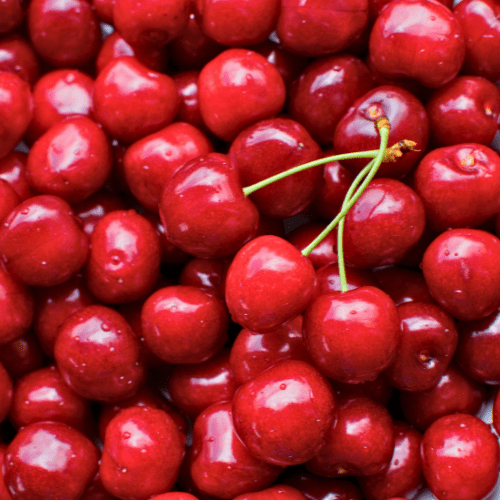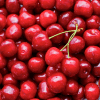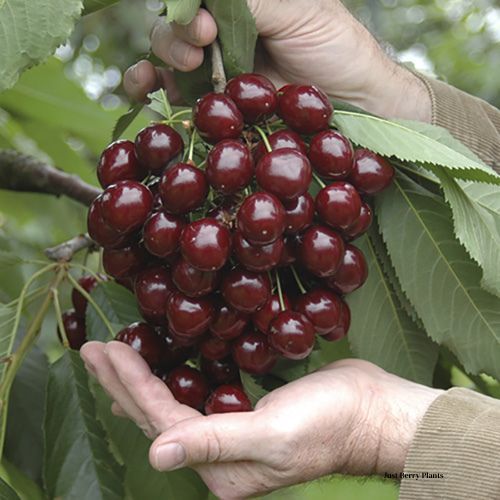Position
For extra winter chilling, cherry trees should be planted in full sun, with 6 to 8 hours of sunshine, preferably on the south side of the property. Use at least a 50L container for your dwarf cherry if not planting directly into the soil, or a 20lt root stimulating pot.
Size
Due to the rootstock used, the tree can grow up to 3 metres high with a width of 2 metres wide. This makes it an ideal tree for any garden.
Superfrass (R25 per bag) is a natural high quality organic growth enhancer and pesticide which you could add when planting.
Soil type
This tree will grow well in well-drained soil with a pH of 6-6.5. Avoid soil that remains soggy for prolonged periods, as Cherry trees are easily prone to root rot. Use good potting soil and compost mix, leaving 10-15cm of roots.
Watering
Ensure not to overwater your tree, especially if grown in a container. Watering once or twice a week will be sufficient. You might water more during the summer when the fruit is on the tree, especially during prolonged dry periods.
Mulching
Add a thick layer of pine bark mulch, keeping it about 20 to 30 centimetres away from the tree trunk (any closer may cause excess moisture and damage the trunk). This will retain the moisture in the soil and will prevent weeds from taking over.
Fertilising
Fertilise using a nitrogen fertiliser and good compost. Use our slow-release nitrogen-rich all plant fertiliser. Apply 1 teaspoon every 4-5 months.
Pruning
This is usually done during winter when the tree is dormant. Prune the same as you would do a full-size fruit tree, removing damaged or diseased branches and ones that grow to the tree’s centre.
Pests and Diseases
Aphids, citrus psylla, red scale, citrus greening. Spraying regularly with Agricultural Neem Oil or Effective Microorganisms (EM Control ) will assist in either prevention or after the fact. If you already have aphids or mites, wash the tree with a harsh hosing, and when dry, spray with Neem oil or EM Control.
Practice good garden hygiene (remove fallen fruit and leaves).
Watch for root rot (if overwatered) and fungal infections during wet periods.
Staking
Dwarf trees use rootstock with a very small root system as they will need support, especially during fruiting. Tying them to a stake to secure the rootstock is deemed necessary.
Pollination
Lapins Cherry Trees are self-fertile and do not need another variety for cross-pollination.






